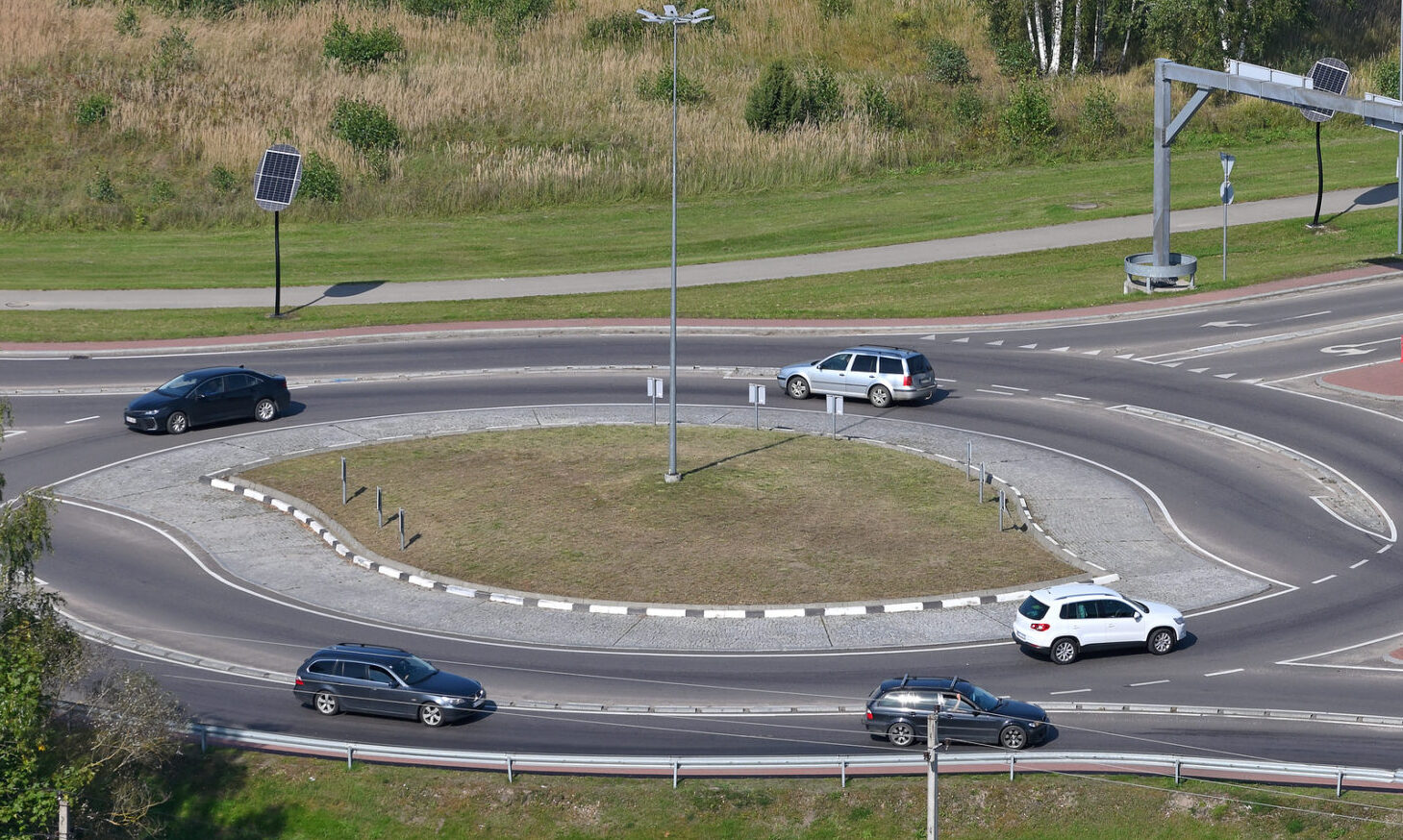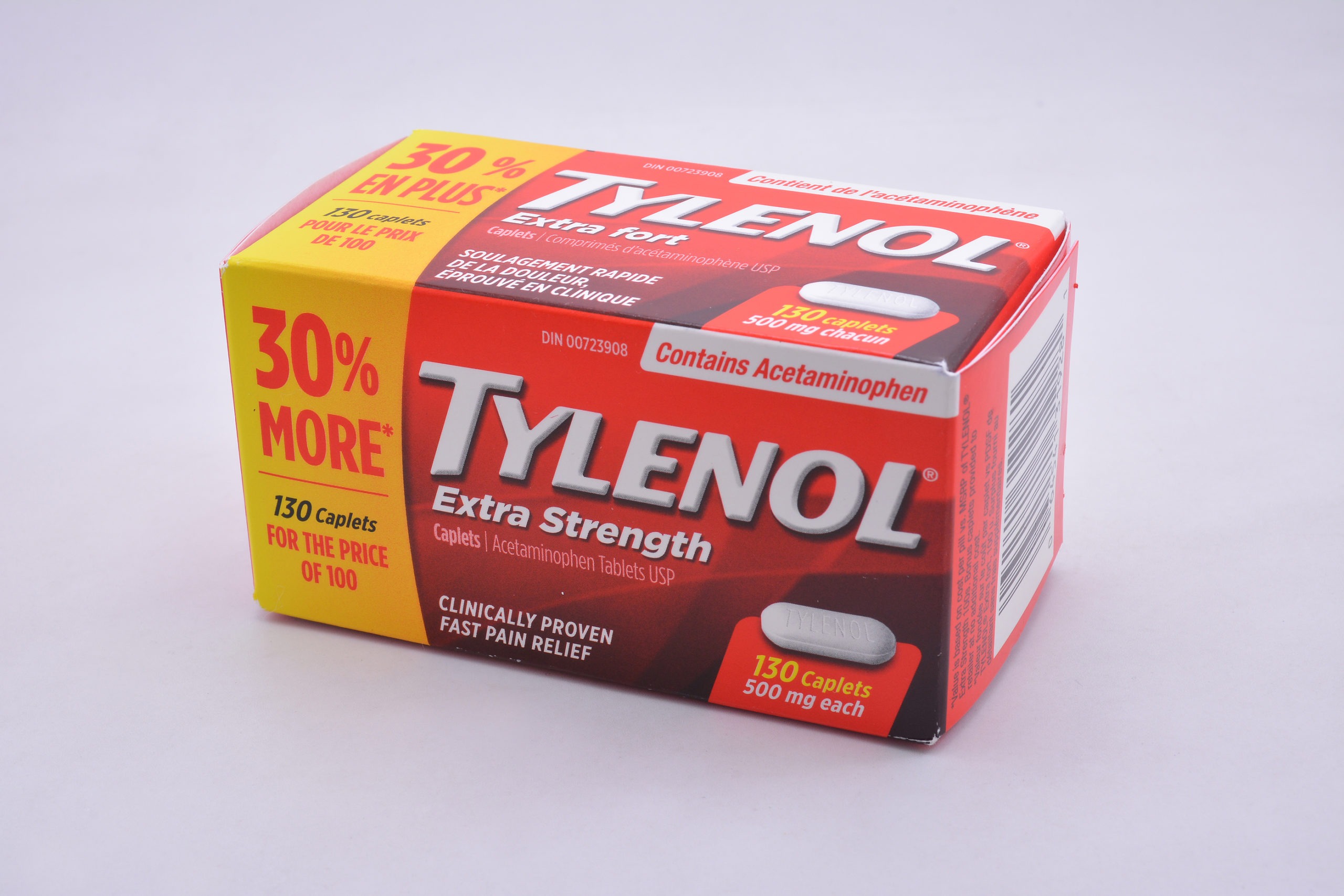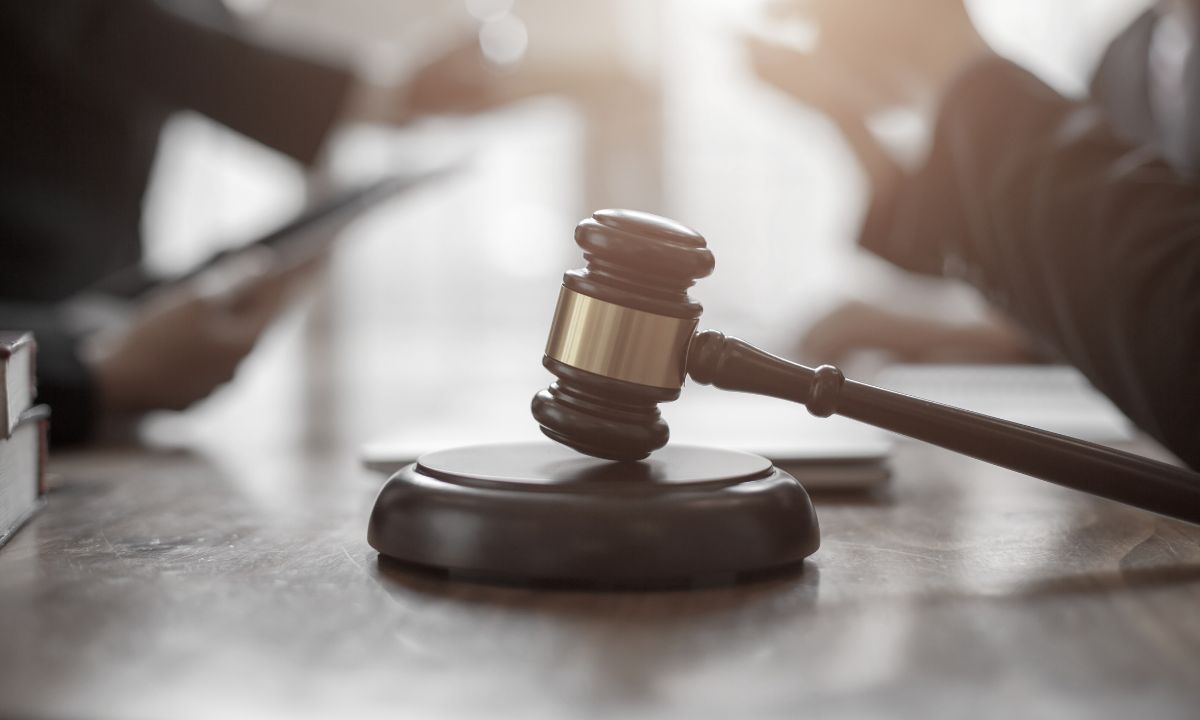While Generally Safer, Roundabouts Still Present a Risk for Accidents
The U.S. has increasingly adopted the roundabout in the last few decades, but many drivers may still be unfamiliar with the rules of the road when it comes to these unique intersections. This creates an opportunity for roundabouts to become a source of car accidents and injuries.
Roundabouts are a type of intersection that directs traffic in a circle with multiple points of exodus; the incoming traffic must yield to the vehicles already in the circle. Roundabouts are distinct from traffic circles in that they do not have signals.
Roundabouts Come With Benefits and Potential Danger
Engineers tout the virtue of roundabouts because they slow down traffic, negate the need for dangerous left-hand turns, and are generally considered to be a safer alternative to something like a 4-way stop. Nevertheless, the common causes of accidents remain, and in some cases are exacerbated because drivers aren’t used to regularly navigating roundabouts.
In theory, roundabouts are safer because the traffic is only coming from one direction. However, the novelty and unique features of roundabouts can mean that drivers are more prone to making mistakes.
Because of the compact nature of roundabouts, pedestrians, cyclists, and drivers are concentrated in a way that they aren’t in a normal intersection. The proximity of these Vulnerable Road Users (VRU’s)- defined by the National Safety Council as anyone outside the protective shield of a vehicle- to three thousand-pound vehicles can result in catastrophic injuries to pedestrians or nearby cyclists.
Misunderstanding the Unusual Characteristics of Roundabouts Can Result in a Roundabout Accident
It’s common to be anxious when driving in an unfamiliar place; you don’t know which lane you should be in to take your exit, or if you can make a right turn on red. In some cases, you may even encounter new types of intersections altogether.
Roundabouts in particular tend to have a paralyzing effect on drivers. They get confused about when to yield, which lane they should be in, and which exit they should use- plus, there are no overhead signals telling them when to enter the fray. This can lead to behavior that jeopardizes the safety of everyone involved.
Roundabouts and the Right of Way
The biggest issue most people have with roundabouts is the yielding protocols. Despite the lack of crosswalk signals, pedestrians still have the right of way, as do bikes. If you fail to yield to a dog-walker, skater, or biker, you could seriously injure them, especially if they don’t have a helmet on.
After the people using the sidewalk or the bike lane, it is the drivers already in the circle that have the right of way. If you’re poised to enter a roundabout, you need to wait for a break in traffic coming from your left in order to enter the circle. If you’re already in the roundabout, you should not stop to let someone in. This is not being helpful, it’s being a hazard.
Car Accident Risk and Maneuvering Through a Roundabout
Many a rear-end collision has been caused by a sudden stop. This can quickly spiral into a multi-vehicle crash. The key to avoiding this scenario is pretty straightforward: don’t stop in the middle of the roundabout for any reason.
You are not responsible for letting traffic into the circle, they will wait on you. If you’ve missed your exit, good news- roundabouts function as u-turns. Instead of potentially causing a crash, just keep going around the circle until you have the opportunity to take your exit.
Avoiding an Accident When Turning in a Roundabout
Roundabouts can sometimes require vehicles to make tighter turns, which can be a struggle for larger trucks that have a limited turning radius. Additionally, they have significant blind spots along the sides and directly behind the truck.
In a roundabout situation with multiple lanes, a truck may need to move from the inner lane to the outer lane to make its turn. When drivers don’t allow truck drivers to change lanes, it compromises their ability to operate safely.
Poor Driving Habits Can Increase the Risk of a Roundabout Accident
Biting your nails or chewing with your mouth open are bad habits; violating the customs and rules of the road are dangerous ones. Like most things, when you introduce a bad behavior or defective product into a new or high-risk situation, the consequences can be devastating.
A lack of communication or awareness among already flustered drivers can quickly lead to an unsafe situation in a roundabout. Being mindful of other road users when approaching a roundabout can help prevent an accident resulting in injury or even wrongful death.
Just like on a highway, it is critical to use your turn signal to indicate your intention to change lanes. This is also true for roundabouts, especially considering that some of your fellow motorists may be navigating a roundabout for the first time. Careless lane changes cause collisions all the time; don’t risk endangering other people or property because you can’t be bothered to use your blinker.
Speeding and Roundabout Car Accidents
One of the most significant selling points of a roundabout is that it slows down traffic, essentially acting as a speed bump in the form of an intersection. When something that is designed to be used at 20 miles per hour is used at 45 mph, a fatal speeding accident may occur.
Speeding may lead drivers to make other mistakes, like taking turns too sharply, losing control of their steering in inclement weather, or missing hazards and VRUs they may have otherwise seen. It is often a form of distracted driving.
Distracted Driving Can Cause Roundabout Car Accidents
Most of us have been educated on the dangers of distracted driving; we all know that texting while driving, engaging in rubbernecking, or driving under the influence is incredibly risky. When a distracted or impaired brain is introduced to an uncommon traffic pattern, the chances of the driver being able to make sound judgments are slim.
Roundabouts are also full of activity; a distracted driver could easily miss the bicyclist approaching from the right while they’re trying to concentrate on the traffic coming from the left. An impaired driver might fail to yield to the parent crossing the street with a stroller, or the motorcyclist in the roundabout.
Contact Dolman Law Group For Help With Your Roundabout Car Accident Case
A serious roundabout accident can leave injured drivers, cyclists, or pedestrians in its wake. If you were involved in a roundabout accident, you may find yourself struggling to determine liability or simply seeking damages.
We know how overwhelming it can be to navigate the legal process on top of the added stress of physical recovery and unexpected costs. The lawyers of Dolman Law Group are standing by, ready to help you collect the settlement you deserve so you can put the accident behind you and restore your life.
Give us a call any time at (833) 55-CRASH. You can also send us an email on our contact us page.






